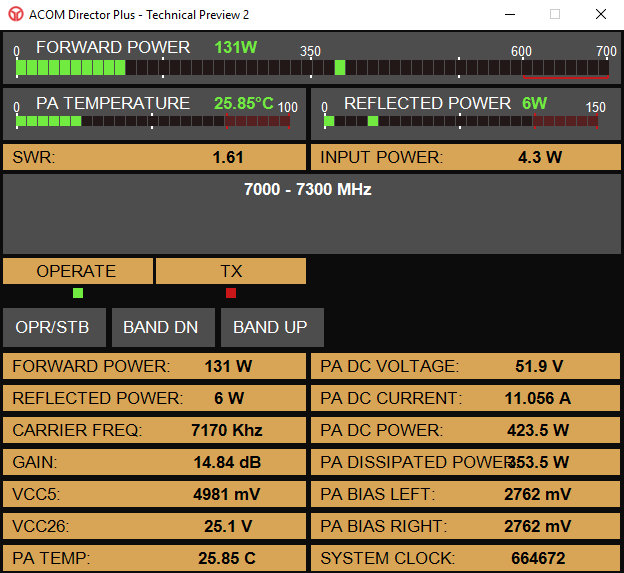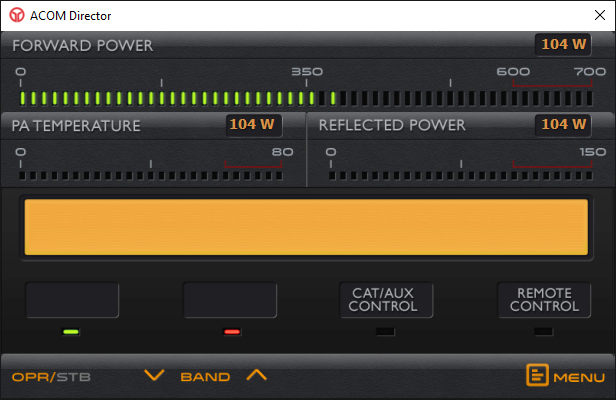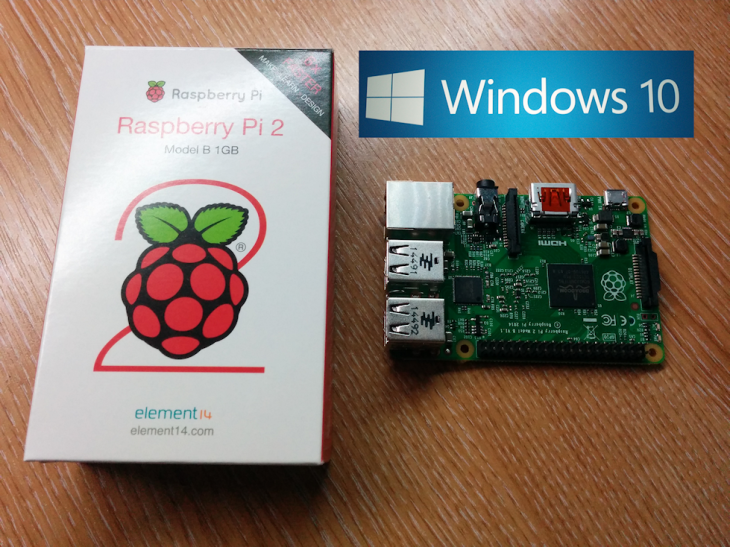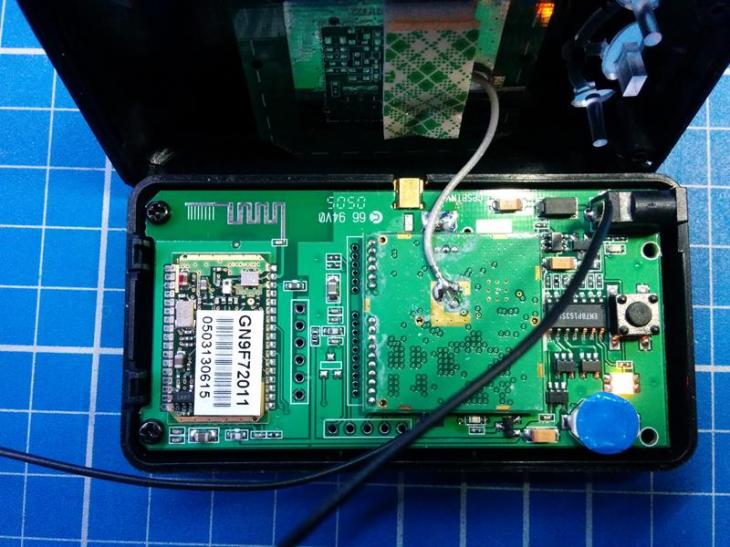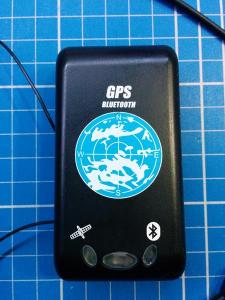ACOM Director Plus Technical Preview 2 is now available for download.
Please see https://www.m0yom.co.uk/acom-director-plus-technical-preview-1/ for details on the Technical Previews i’m currently releasing.
This version adds a whole new user interface which whilst it’s far from the final one is very indicative over how it will look. It is also fully functional in terms of monitoring the state of the amplifier and providing Operate/Standby control as well as band change control.
As with Technical Preview 1, this has no installation routine, you simply run the self extracting download and launch the “ACOM Director Plus.exe” file.
ACOM Director Plus can be installed side by side with the original ACOM Director software.
You can download it here

